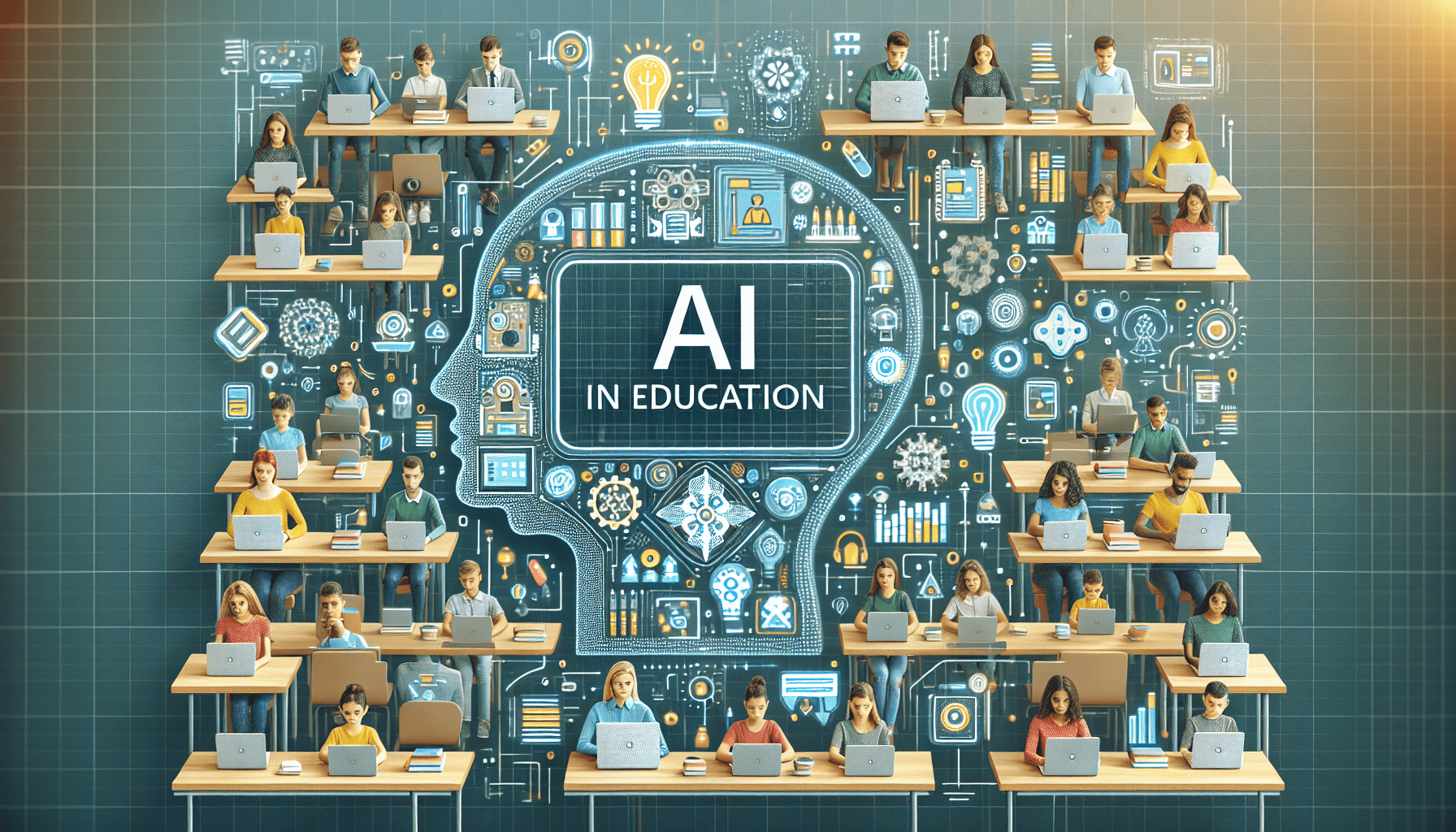Artificial Intelligence (AI) is rapidly redefining how we teach, learn, and manage education in the 21st century. Far beyond science fiction or corporate hype, AI in education is transforming classrooms, creating personalized learning environments, and equipping students and teachers with unprecedented tools for success. As we move deeper into the digital age, understanding the real impact and future potential of AI in education isn’t just a matter for tech enthusiasts—it’s a vital subject for educators, policymakers, families, and lifelong learners everywhere.
The Rise of AI in Classrooms
Over the past decade, the integration of AI into the education sector has accelerated dramatically. Today, teachers use AI-powered platforms to tailor lessons to individual learning styles and students benefit from intelligent tutoring systems that adapt in real time to their strengths and weaknesses. Tools like DreamBox, Carnegie Learning, and Smart Sparrow analyze student responses, delivering customized instruction that helps every learner master concepts at their own pace. This adaptive approach is especially powerful in bridging achievement gaps and supporting those with unique educational needs. Learn more about real-world examples of AI in education from this detailed overview by the University of San Diego: Artificial Intelligence in Education.
Enhancing Learning with AI
AI is enabling a new era of personalized learning, where education is no longer one-size-fits-all. Advanced platforms can detect patterns in how students absorb information, identify areas of struggle, and adjust coursework accordingly. For example, speech recognition software offers instant support for students with hearing impairments or dyslexia, converting speech to text and vice versa to foster inclusivity.
But the benefits don’t stop with students. Educators use AI to automate routine administrative tasks such as grading assignments and tracking attendance. Automated grading not only saves time but also delivers consistent feedback, allowing teachers to focus on higher-level instruction and mentorship. AI tools also aid instructors in creating digital lessons, assessments, and even individualized education plans with just a few clicks—streamlining lesson planning and freeing up valuable time for direct engagement. For a closer look at how these transformations work in practice, visit Stanford’s analysis of the evolving education landscape: AI and Education in 2025.
Bridging Barriers and Promoting Equity
AI is playing a pivotal role in improving educational equity by breaking down barriers for students from all backgrounds. Intelligent chatbots and virtual assistants provide round-the-clock help with coursework, scheduling, and administrative queries—offering support even outside traditional school hours. Advanced analytics enable educators to identify gaps in student achievement early, deploying targeted interventions that help learners from underserved communities catch up and thrive.
As AI becomes a cornerstone of modern education, concern for ethical use and data privacy is rising. Policymakers and experts are working together to ensure AI systems are transparent, fair, and designed to protect sensitive information. Recent legislative initiatives, such as efforts by the U.S. government to advance AI literacy and integrate responsible AI education in schools, underscore the importance of shaping technology to serve society’s values and needs. Read the White House’s policy statement on AI literacy and education here: Advancing Artificial Intelligence Education for American Youth.
The Road Ahead: Challenges and Opportunities
While excitement about AI’s potential is well-founded, implementation is not without hurdles. Faculty and administrators often struggle to keep pace with the rapid development and complexity of new AI tools. Some educators express concern about the readiness for AI integration and the need for professional development tailored to digital literacy. Building an informed, inclusive approach to AI in education is a collaborative effort—and ongoing initiatives at research institutions, such as Stanford University, are leading the way in fostering dialogue and best practices.Cengage Group: AI’s Impact on Education.
Conclusion
AI’s impact on education is profound and far-reaching. It promises a future where learning is more personalized, transparent, and accessible—and where teachers and students alike have powerful tools at their fingertips. However, the road to fully harnessing AI’s benefits depends on thoughtful implementation, equitable access, and continued collaboration across sectors. For anyone passionate about the future of education, keeping a close eye on AI’s ongoing evolution is not just wise—it’s essential.
Whether you’re an educator, student, or parent, the age of AI in education is here. And it’s only just begun.
Anurag Dhole is a seasoned journalist and content writer with a passion for delivering timely, accurate, and engaging stories. With over 8 years of experience in digital media, she covers a wide range of topics—from breaking news and politics to business insights and cultural trends. Jane's writing style blends clarity with depth, aiming to inform and inspire readers in a fast-paced media landscape. When she’s not chasing stories, she’s likely reading investigative features or exploring local cafés for her next writing spot.






